Content by SDSU Extension
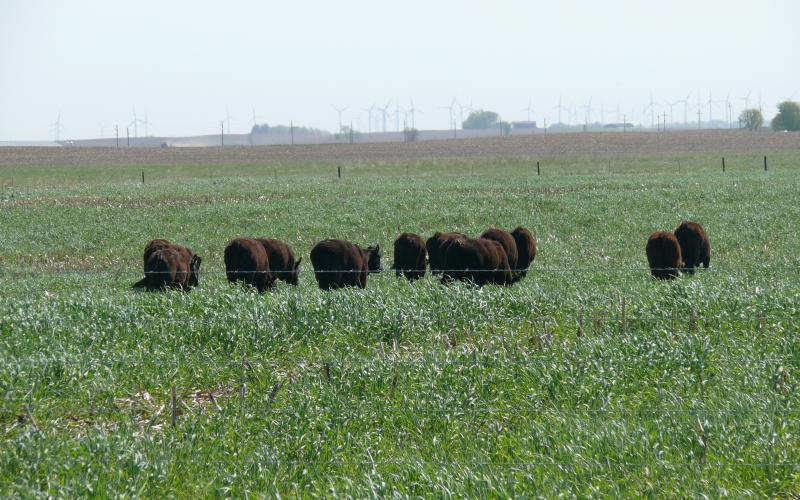
Cover Crops & Livestock Integration: A Profit Opportunity for S.D. Farms
Cover crops have been gaining a reemerging acceptance over the last decade, with very few producers disagreeing about the potential soil health benefits of adding cover crops to their farming operation.

Tools for Effective Medication Management
Do you or a loved one have a difficult time managing your medications?
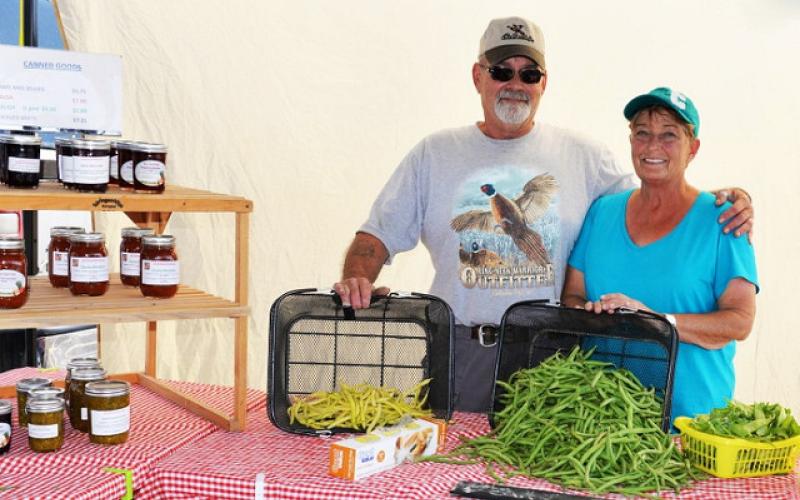
Local Foods Legislation Introduced
Consumers who want to know more about where and how their food is raised are creating a bigger voice nationally. The increasing sales of local foods provides a bright spot for agriculture and a way to bring young farmers into agricultural production.

Food Safety Rules for Fruit & Vegetable Growers: FAQ
It seems rules and guidelines for growing fresh produce safely are constantly changing, as new laws and regulations are implemented each year.
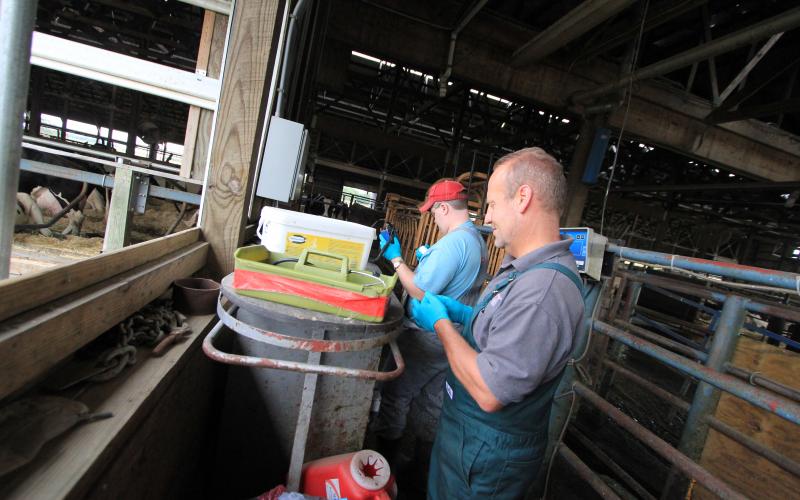
Prevention of Needlestick Injuries in Livestock Production
Within agricultural production a good share of livestock producers perform routine veterinary work themselves. This includes administering vaccinations or treatments for common disease or sickness. A result of performing this type of work there is increased risk for injury do to a needle stick injury.

Headache Help
Headaches come with a variety of symptoms and in multiple forms, but it is up to you to know your body and understand the science behind headaches and how to prevent them.
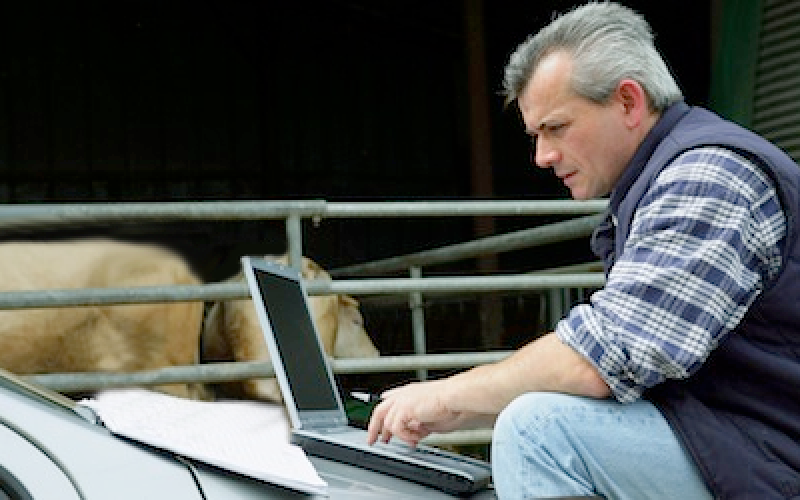
Opportunities for Open Cows
It’s that time of year when driving along the countryside or sitting in the sale barn cows start to show up with an “O” drawn on her side as the Veterinarian called her open on pregnancy check day.
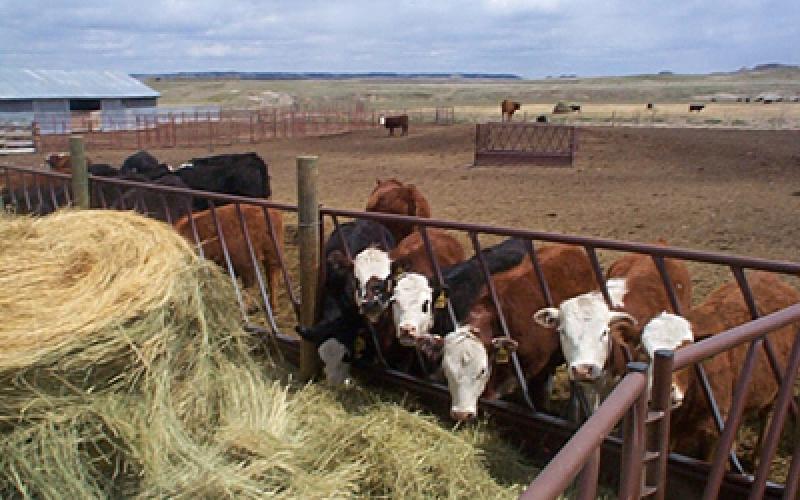
Herd Management: Keep or Cull During a Drought?
Drought forces unexpected changes so it’s critical to have a strategy to keep only the “right” females that will benefit the operation.
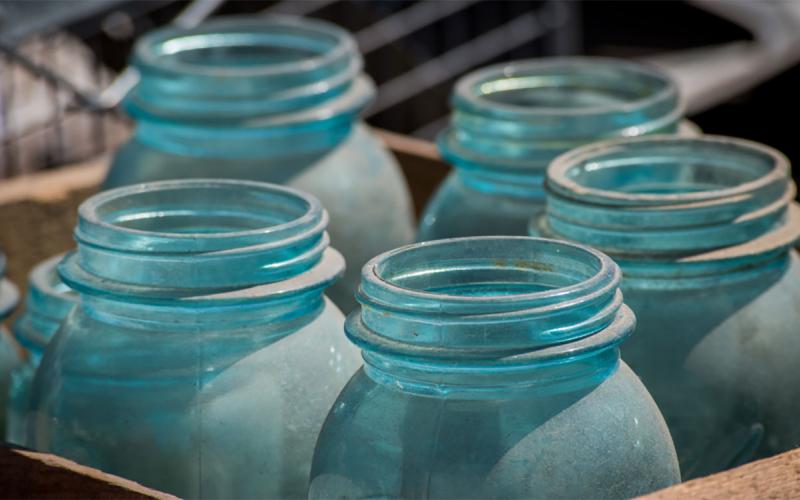
Canning Jar Update
Before you start canning, take some time to learn the latest canning jar safety updates, including safe jar types, lid selection and handling practices.
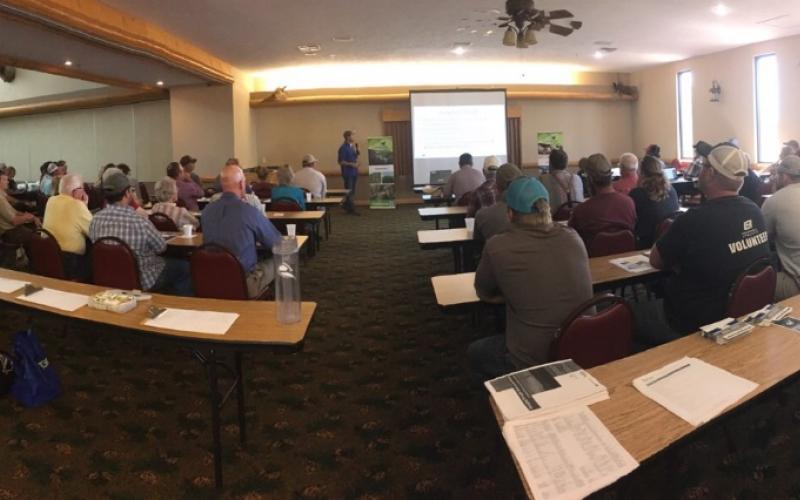
SDSU Extension’s Approach to the 2017 Drought
Most of the Great Plains, of which Western South Dakota is part of, have always been considered a semi-arid area of the U.S. This region is characterized by hot, relatively short summers, and usually cold, dry winters.